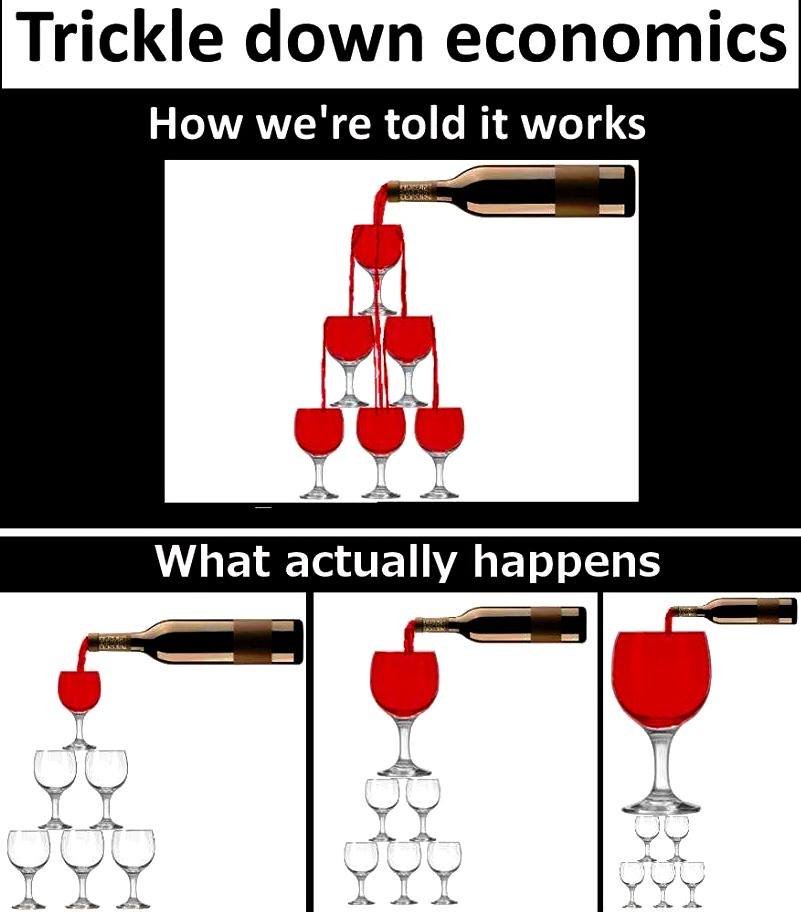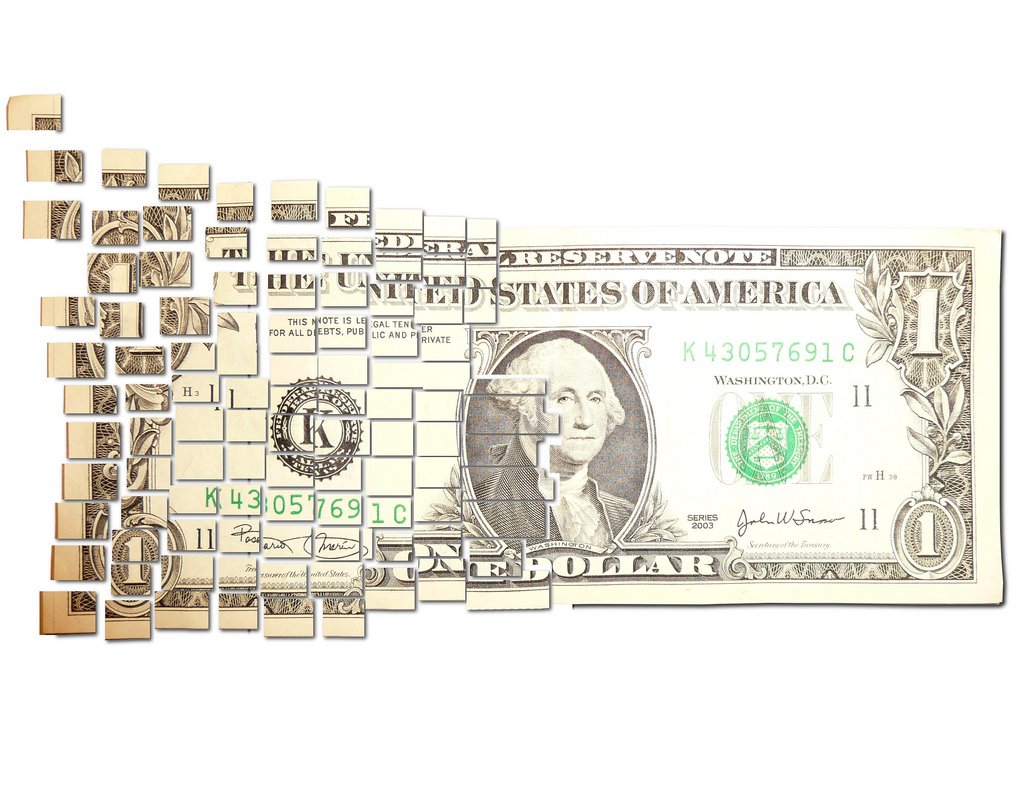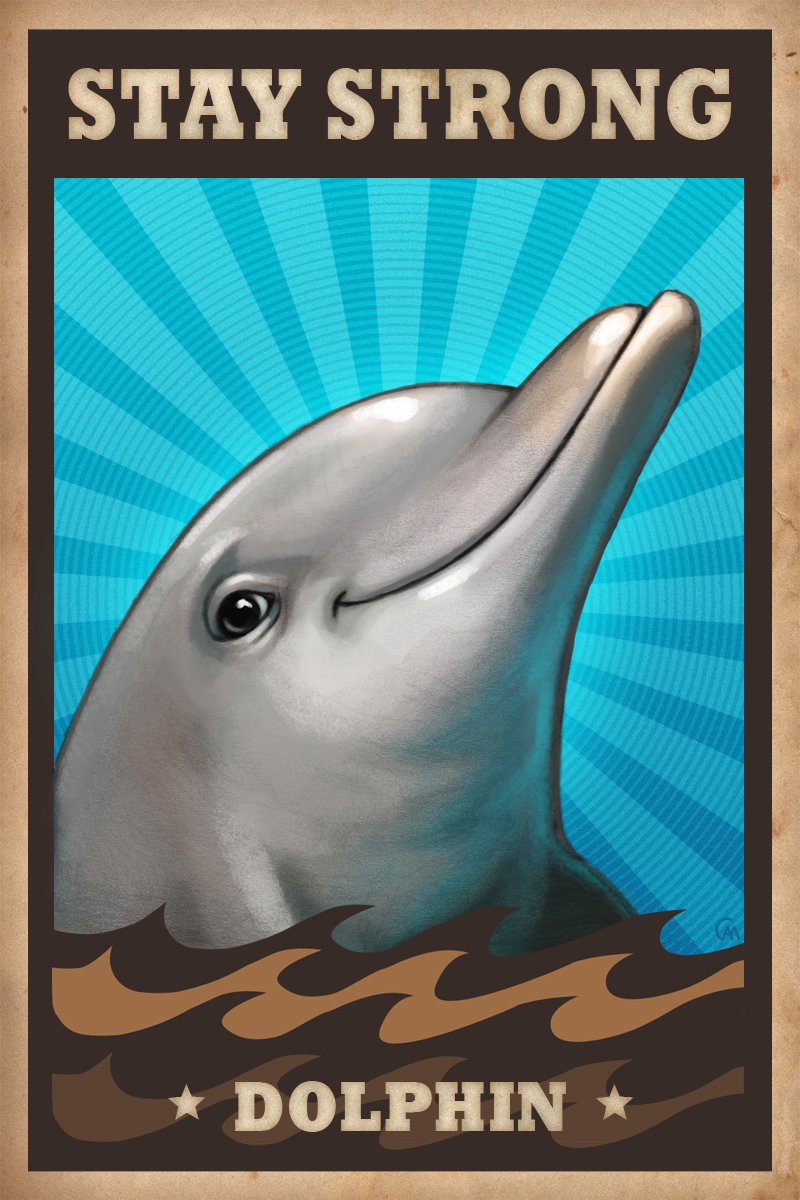
If you have never heard about Trickle Down Economics in the real world economy I’ll give a quick summary. It was a term coined in the 1950s and basically describes the idea that tax breaks on the top 10% would increase economic activity and wealth would “Trickle Down” to the lower classes. The money saved by the rich would be used to invest in and startup companies that would create jobs and overall benefit everyone in the economy. It was popularized amongst Republicans with the Reagan administration in the 80s and most recently with the Bush administration in the 2000s.
There is much debate between whether or not Trickle Down Economics actually works in the real world with many economists claiming that the raise in the wealth gap between the rich and the poor is primarily due to the tax breaks to the rich. It seems that in practice, during times of economic stress the rich held onto money, avoided investing it into businesses and put it into safe bets like treasury notes and bonds. There was no incentive for the rich to risk their money because the risk/reward payout was not good enough, this is where Steemit changes everything.

Unlike in the real world economy, Steemit encourages you to upvote or invest in other users because not only do you get a portion of their reward, but you risk nothing in the process. There is no risk of losing your own money by upvoting and enriching other user’s content. The developers created the incentive that was missing in the real world economy for the rich to invest in other users. In addition users will desire to use every means possible to gain Steem Power because it pays interest over time, this making a passive income possible. The idea of curating content without having to create it and still making money incentivizes whales to actively find good content and upvote it. This also allows wealth to be created much faster on the side of the content creating dolphin/minnows than it does on the side of the whale. If a whale upvotes 10 posts to 100 dollars each hypothetically they would only receive 250 in curation rewards while the content creators receive 750.

This system inherently will create a middle class of dolphins over time, who will also start to curate minnows and the money will start to spread. By providing simple incentives for the whales to actually invest in other users, like Steemit has done, actually makes the Trickle Down economic theory possible. I will do a post at a later time when I have more data, but if you look at wealth distribution within the Steemit ranks you can see that steem power is becoming more distributed everyday and the main beneficiaries are dolphins and minnows creating content. Whales are actually losing their hold on the majority of the wealth because they are bringing more and more users up to a middle class on a daily level. Sure there will always be a wealth gap, but that’s because the system also rewards those who invest in it long term.

I believe Trickle Down Steeminomics exists and as time goes by we will see the effect it has on the user base and the system as a whole. It is going to take time, but like I said just look at the distribution of wealth and you can see how it changes daily. In addition once users aren’t getting the types of interest on Steem Power they are today, we will start to see a more active curation community because people will want to make up that lost interest growth. The Steemit we see now will be drastically different than the Steemit in 6 months and I truly believe that it will be for the better. I think we have many things to look forward to in Steemit, but in my opinion perhaps a strong middle class dolphin and minnow community is the most important.
-Calaber24p
